![Tower [Converted] Jessica Rose Shanahan](https://barefootfool.com/wp-content/uploads/2012/03/16-Tower-Tarot-of-the-Absurd.jpg) Artist: Jessica Rose Shanahan
Artist: Jessica Rose Shanahan
TOWER OF BA’BEL
Entropy: this, too, shall crumble.
More words on the subject, from Genesis:
11:1 Now the whole earth had one language and few words.
Some called it the First Golden Age of Communication. Others called it Grunt-Grunt language.
11:4 Then they said, “Come, let us build ourselves a city, and a tower with its top in the heavens, and let us make a name for ourselves, lest we be scattered abroad upon the face of the whole earth.”
Or, perhaps they said, “Grunt, grunt grunt grunt grunt grunt, grunt grunt grunt grunt grunt grunt, grunt grunt grunt grunt grunt grunt, grunt grunt grunt grunt grunt grunt grunt grunt.”
And with plenty grunting, much hard work commenced. They started building a tower with bricks of baked clay and mortar of bitumen-tar. Thus began Man’s first attempt at global unity. The tower would be visible from far and wide. Lest Man become scattered, there would always be a beacon to call home.
But the Lord got wind of this. He came down to see the city and the tower.
11:6-7 And the Lord said, “Behold, they are one people, and they have all one language; and this is only the beginning of what they will do; and nothing that they propose to do will now be impossible for them. Come, let us go down, and there confuse their language, that they may not understand one another’s speech.”
Yes, God saw that when all Men work as one, there is nothing We cannot do. Was God intimidated by such a show of humane cooperation? He gathered His cronies and set out to cause confusion in order to limit Man’s powers. This was called “The Divine Department of Misinformation.”
11:8-9 So the Lord scattered them abroad from there over the face of all the earth, and they left off building the city. Therefore its name was called Ba’bel, because there the Lord confused the language of all the earth; and from there the Lord scattered them abroad over the face of all the earth.
One way of viewing this is: Because God interrupted Man’s initial goal of unity with such forceful intent, world peace can never be attained.
Another way of viewing this is: Any power that attempts global domination and dominion is due to be remembered in history books for two things: (1) its construction and (2) its collapse.
The city’s name, by the way, was NOT Balal, meaning “to confuse,” but Bab-El, meaning “gate of God.” A third way of viewing this is: The gate of God crumbled, thereby proving that there is no great God, for any great God would have shown support for such greatness on the part of Man.
Possibilities will be argued until judgment day without resolve. But let it be known that no ill-will on the part of humanity is mentioned in the Bible. Sometimes, even the best intentions are doomed to failure.
But, O! Do not let memory of Bab-El preclude commencement of the plan. Work together. Communicate. Perhaps God wants us to show our dedication to Him through our actions and cooperations with one another.
God well noted, “this is only the beginning of what they will do; and nothing that they propose to do will now be impossible for them.” God did not say, “If they are successful at building the tower, it proves that nothing is impossible for them.” No. He placed no such limitations of Man’s ability. He confused the language so that we may not understand one another’s speech. This makes things quite difficult, yes. Persevere. If you are to believe in God, remember what God said first: “…nothing that they propose to do will now be impossible for them.”
If you do not believe in God, remember the laws of entropy. The universe is a box of marbles. By nature, life forms organized patterns. By nature, structure crumbles.
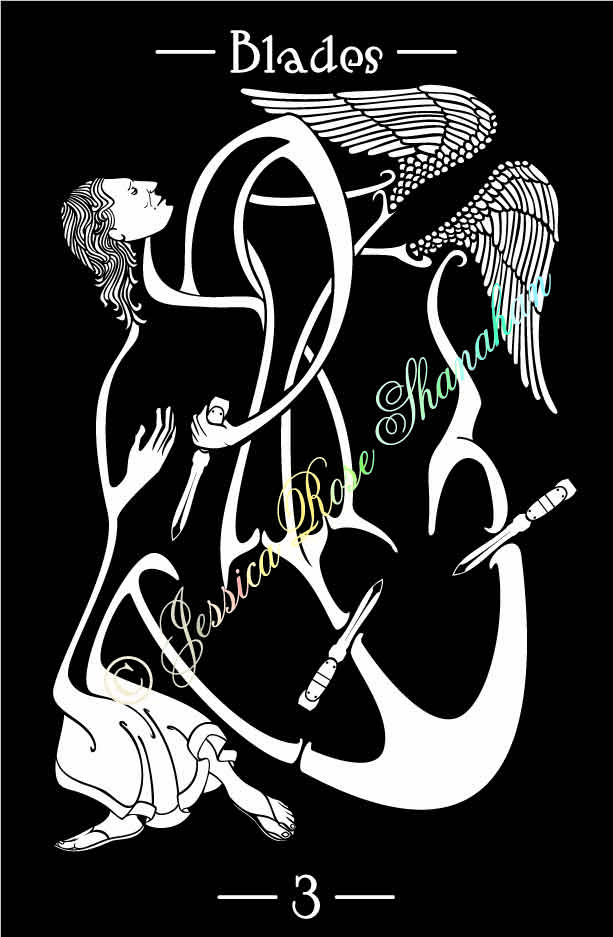 Artist: Jessica Rose Shanahan
Artist: Jessica Rose Shanahan



 ‘If the fool would persist in his folly he would become wise.’ —William Blake
‘If the fool would persist in his folly he would become wise.’ —William Blake![Tower [Converted] Jessica Rose Shanahan](https://barefootfool.com/wp-content/uploads/2012/03/16-Tower-Tarot-of-the-Absurd.jpg) Artist: Jessica Rose Shanahan
Artist: Jessica Rose Shanahan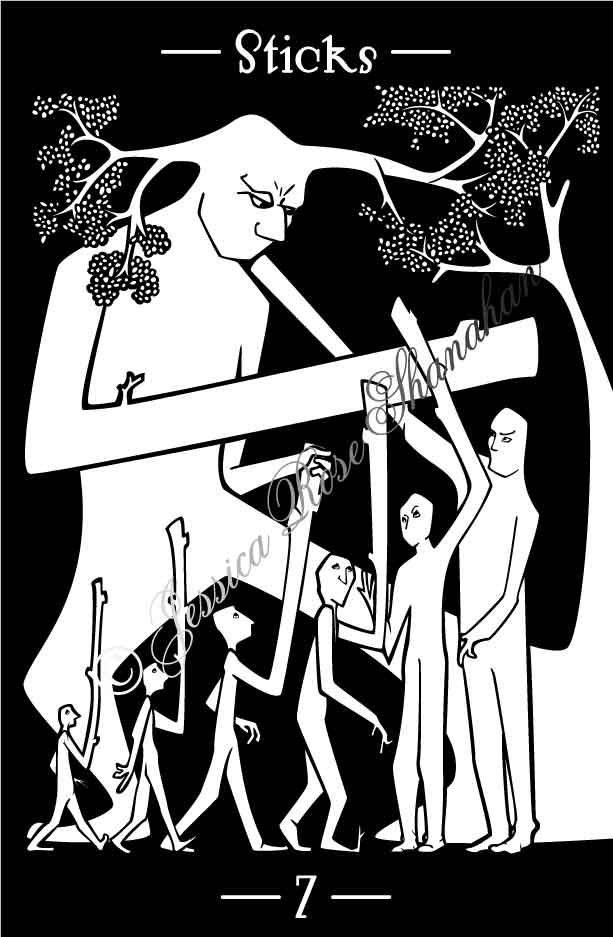 Aritist: Jessica Rose Shanahan
Aritist: Jessica Rose Shanahan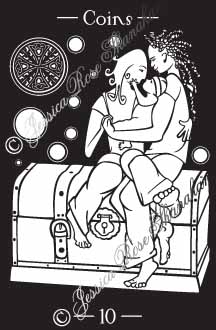 Artist: Jessica Rose Shanahan
Artist: Jessica Rose Shanahan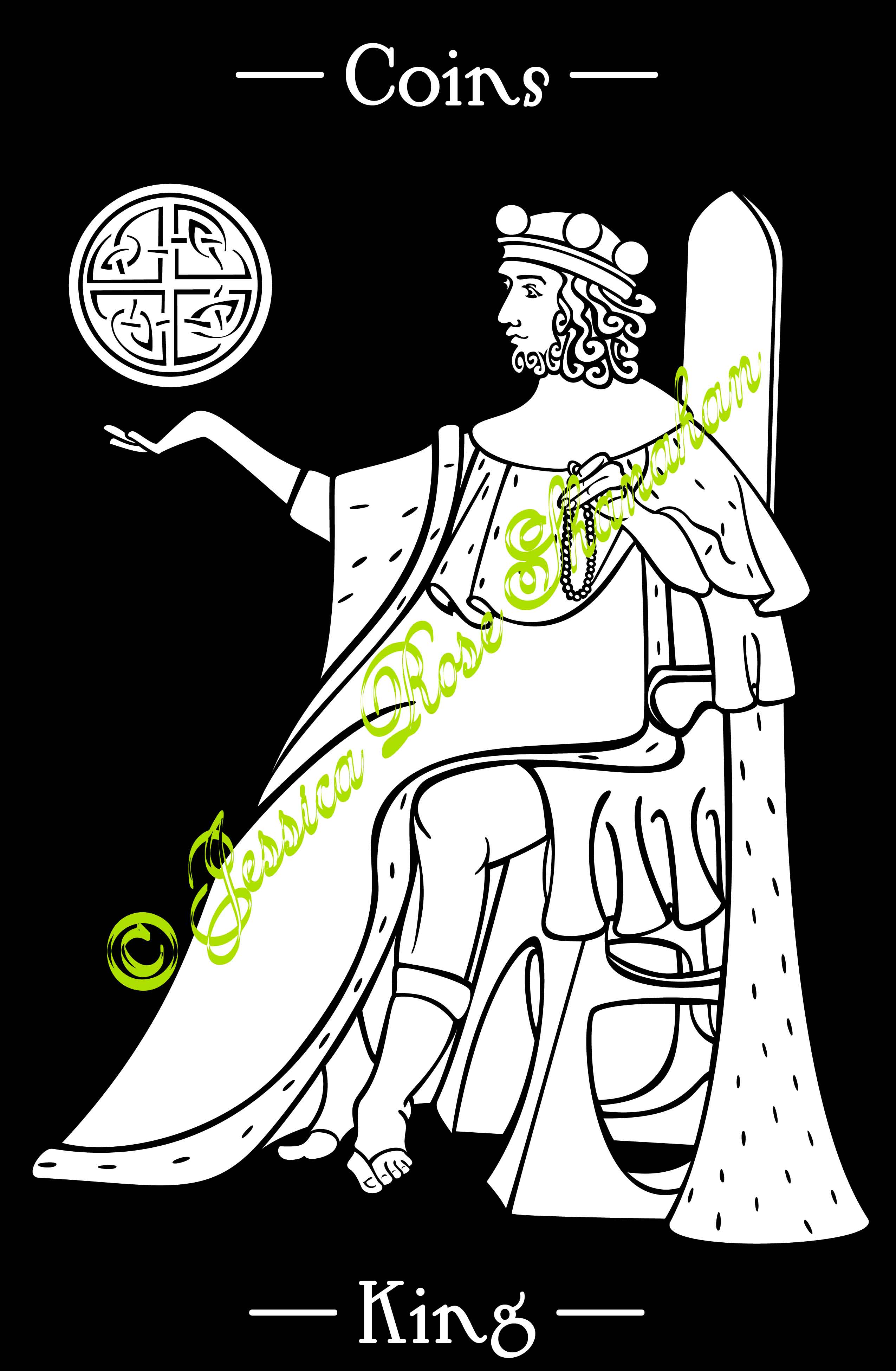
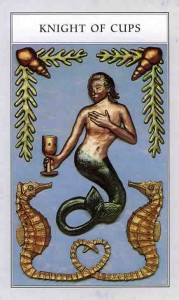
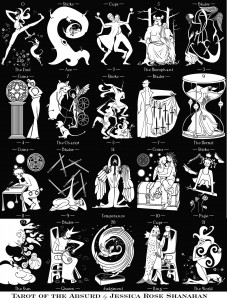

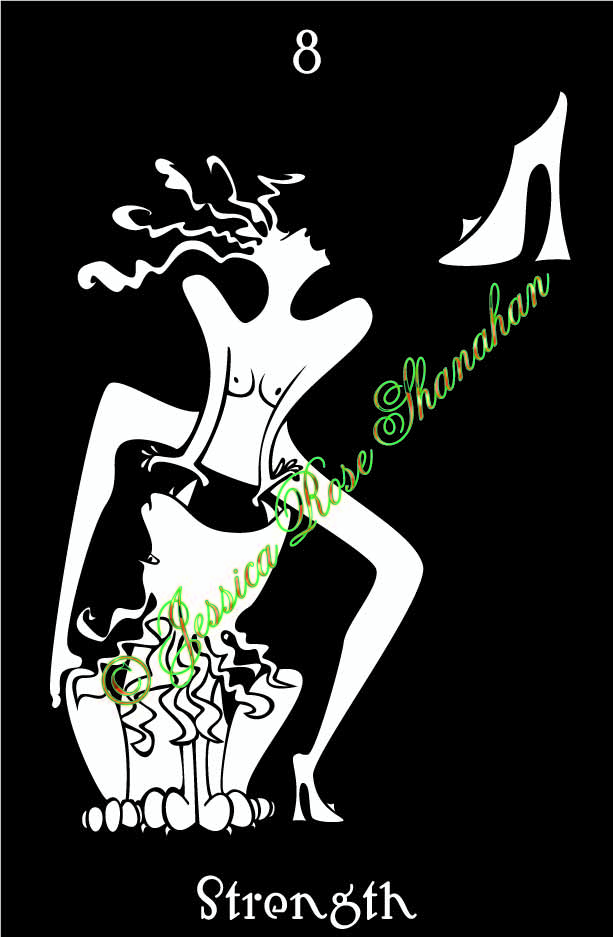 [Strength is one of the first cards I illustrated, back when I was drawing with black ink and a horsehair brush, living in a tiny cabin in Alaska, riding a bicycle everywhere I went. I have always been quite satisfied with her appearance.]
[Strength is one of the first cards I illustrated, back when I was drawing with black ink and a horsehair brush, living in a tiny cabin in Alaska, riding a bicycle everywhere I went. I have always been quite satisfied with her appearance.]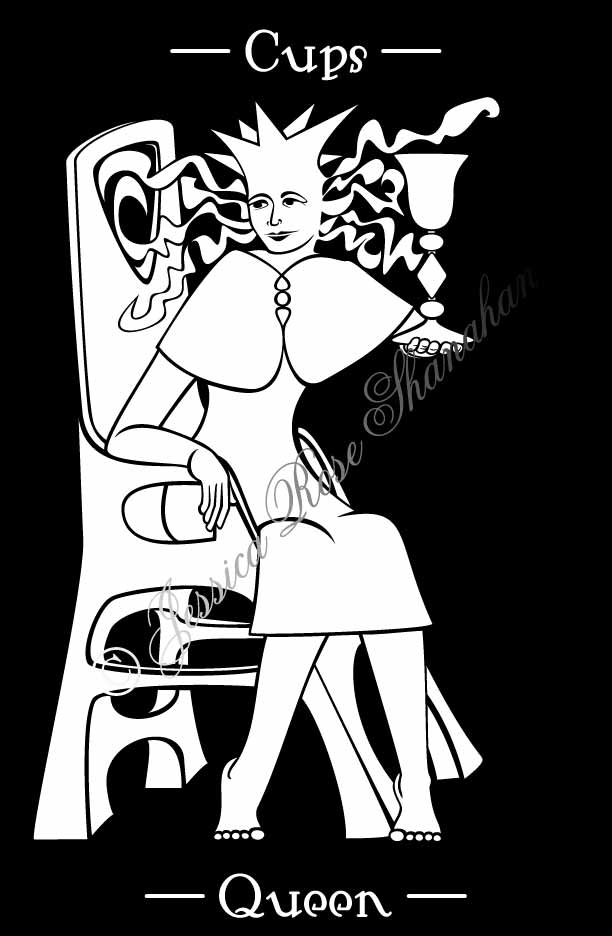 Artist: Jessica Rose Shanahan
Artist: Jessica Rose Shanahan